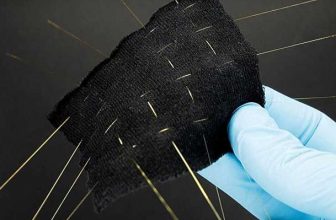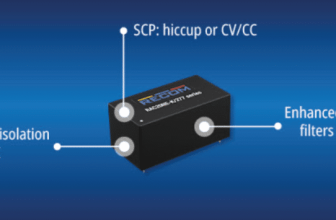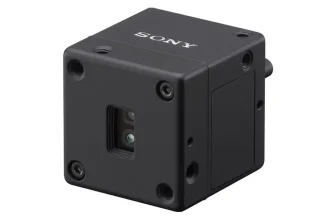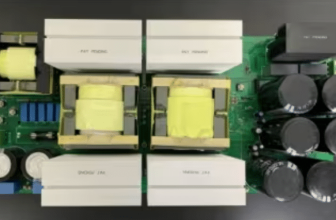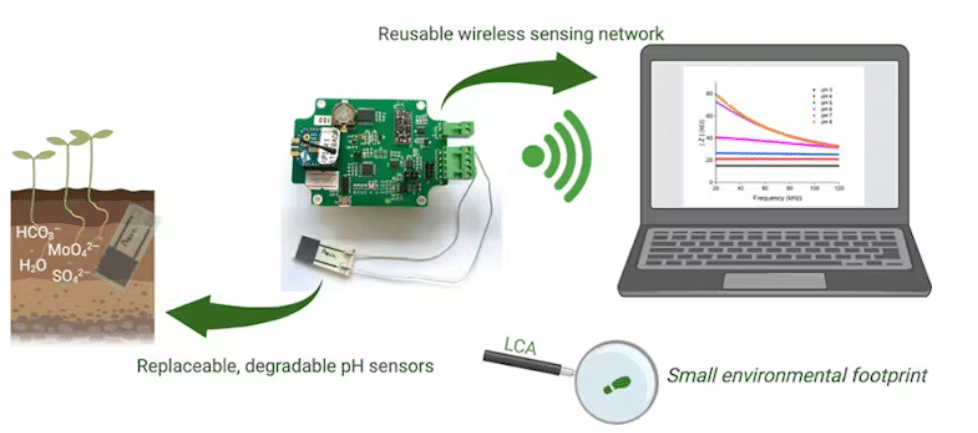
Check out our latest products
Made with a screen-printing process and connected to a reusable electronic transmitter, these sensors could help farmers use technology to improve agriculture.

A team of researchers from the University of Glasgow, Central South University of Forestry and Technology, and the Institute of Microelectronics and Photonics has developed compostable smart sensors to improve sustainability in digital agriculture.
With over 800 million people worldwide suffering from malnutrition, ensuring reliable food production is a critical challenge. Digital agriculture, which relies on data-driven technologies to optimize farming, offers a solution—but comes with its own environmental costs. The widespread use of electronic sensors to monitor soil health generates significant electronic waste (e-waste) and can contribute to soil degradation.


The new compostable smart sensors provide a sustainable alternative. “Our system can help reduce the carbon footprint of digital agriculture,” says co-author Andrew Rollo. “The biodegradable sensors can be plowed back into the fields to enrich the soil, while the electronic modules, which contain non-compostable components, can be reused for several years.” The researchers found that replacing only the biodegradable patch every three months could cut environmental impact by 66%—and by 79% over five years—compared to replacing entire devices.
The smart sensor consists of a biodegradable patch and a reusable electronic module about the size of a matchbook. A Microchip ATmega328P microcontroller powers the system and communicates via a Zigbee wireless network. The patch, produced using a screen-printing process, naturally decomposes into nutrients when discarded, as it is made from a polymer substrate, graphene-carbon ink, and molybdenum disulfide. Lab tests showed that the sensor effectively monitored soil pH levels from pH 3 to pH 8 over a two-week period. It also detected ethephon, a plant growth regulator toxic to humans and wildlife that can contaminate groundwater.
“Currently, about 80% of the world’s electronics end up in landfills, creating serious environmental and health challenges,” notes project lead Jeff Kettle. “We’re working to expand our sensor’s capabilities to detect additional environmental contaminants, including PFAs, which have long-term ecological impacts.” This innovation could play a key role in making digital agriculture more sustainable while helping farmers optimize crop production with minimal environmental harm.


![[5G & 2.4G] Indoor/Outdoor Security Camera for Home, Baby/Elder/Dog/Pet Camera with Phone App, Wi-Fi Camera w/Spotlight, Color Night Vision, 2-Way Audio, 24/7, SD/Cloud Storage, Work w/Alexa, 2Pack](https://m.media-amazon.com/images/I/71gzKbvCrrL._AC_SL1500_.jpg)



![[3 Pack] Sport Bands Compatible with Fitbit Charge 5 Bands Women Men, Adjustable Soft Silicone Charge 5 Wristband Strap for Fitbit Charge 5, Large](https://m.media-amazon.com/images/I/61Tqj4Sz2rL._AC_SL1500_.jpg)


